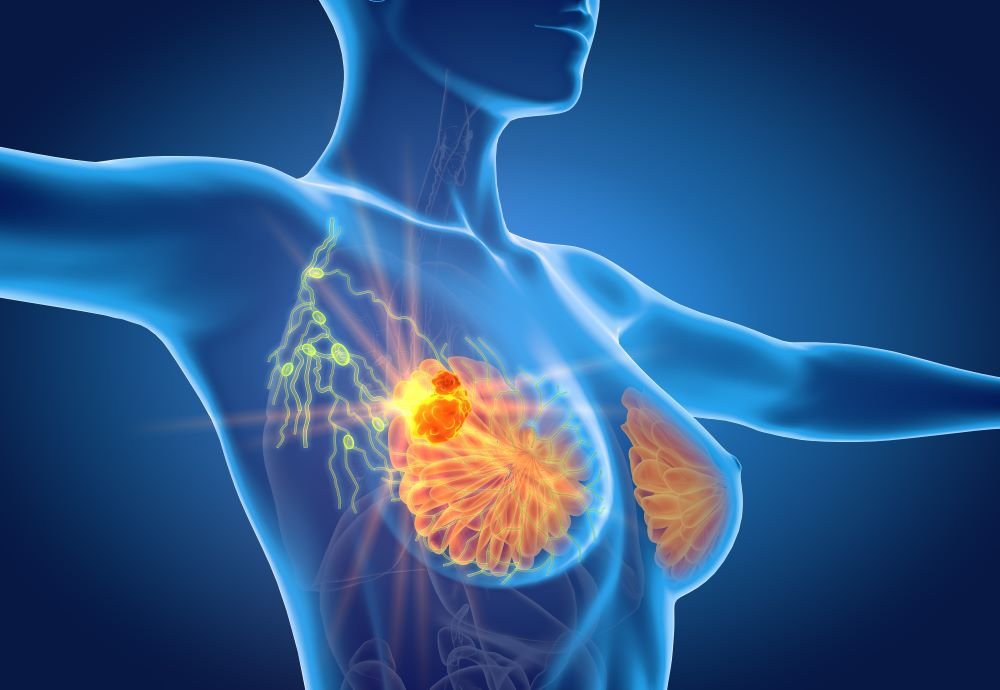Second breast cancers were most often imaging-detected or patient-detected, with only 2.2 percent detected by physician
By Elana Gotkine HealthDay Reporter
FRIDAY, Jan. 12, 2024 (HealthDay News) — For patients undergoing surveillance following diagnosis and treatment of ductal carcinoma in situ (DCIS), very few second breast cancers are detected by clinical breast examination by a physician, according to a study published online Dec. 28 in the Journal of the National Comprehensive Cancer Network.
Bethany T. Waites, M.D., from the Kaiser Permanente San Francisco Medical Center, and colleagues performed a retrospective cohort study of patients with DCIS treated between Jan. 1, 2008, and Dec. 31, 2011, to assess the modes of detection of second cancers. The study cohort included 1,550 women (median age at diagnosis, 59 years), who were followed for a median of 10 years.
During follow-up, 179 women (11.5 percent) were diagnosed with a second breast cancer: 43.0, 54.8, and 2.2 percent were ipsilateral, contralateral, and presented with distant metastases, respectively. Of the second cancers, 61.5, 36.3, and 2.2 percent were invasive, DCIS, and Paget disease, respectively. The researchers found that second breast cancers were imaging-detected, patient-detected, physician-detected, and detected incidentally on imaging or pathology from procedures unrelated to oncologic care in 74.3, 20.1, 2.2, and 3.4 percent of cases, respectively.
“Our findings highlight the importance of mammogram screening and patient education regarding self-detection, and can inform future National Comprehensive Cancer Network recommendations for DCIS survivorship care,” the authors write.
Copyright © 2024 HealthDay. All rights reserved.








